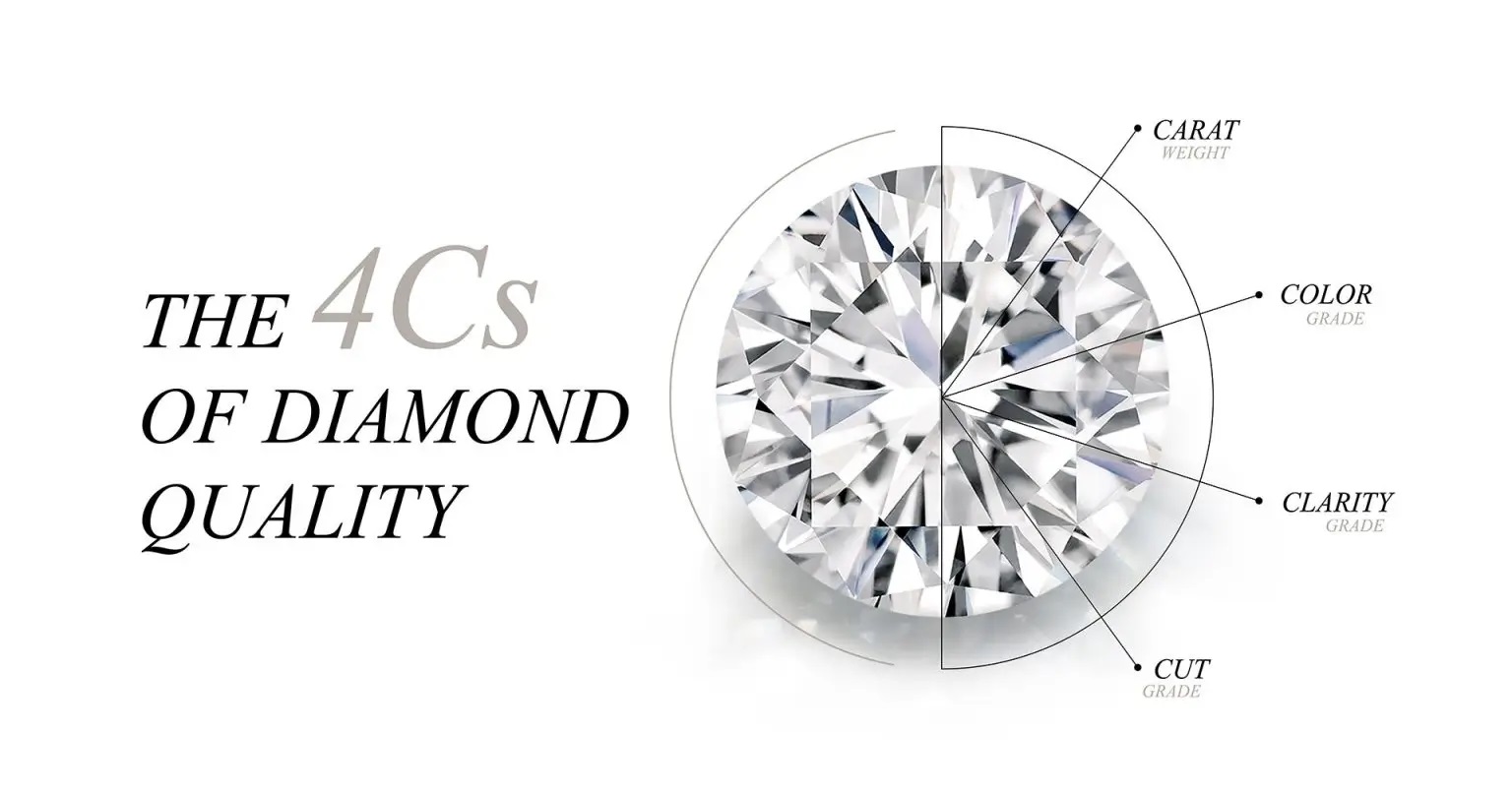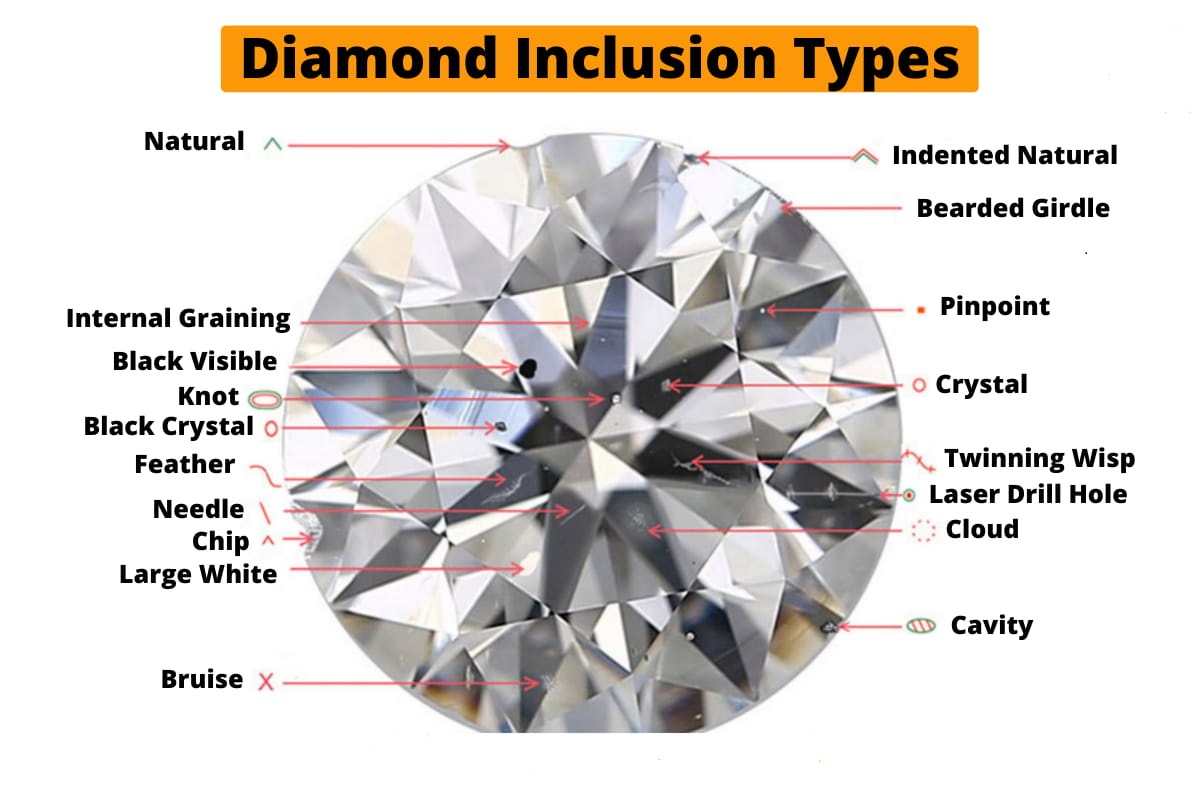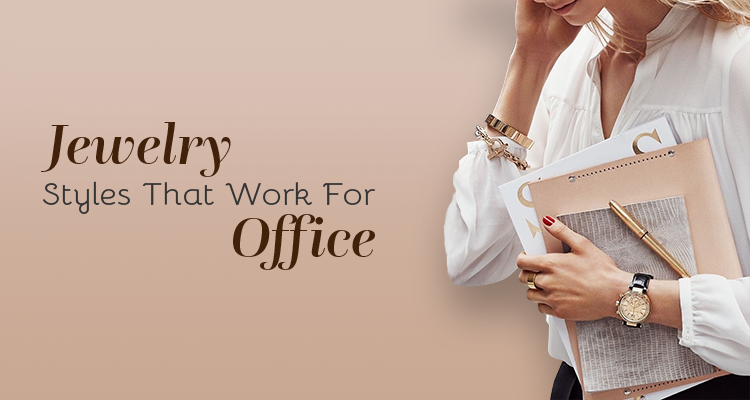Diamonds, the embodiment of timeless beauty, captivate with their intricate play of light and facets. To fully appreciate their allure, it’s essential to comprehend the intricacies of the 4Cs – Carat, Cut, Color, and Clarity. This article embarks on a journey into the realm of diamond clarity, exploring the facets of this crucial grading criterion, deciphering the best clarity for various purposes, and unveiling the captivating world of diamond inclusions.
4Cs Education: A Foundation of Expertise
In the world of diamonds, knowledge is indeed power. Understanding the 4Cs – Carat, Cut, Color, and Clarity – equips buyers with the tools to make informed decisions. Among these, clarity holds a special place, offering insights into the internal characteristics that shape a diamond’s visual appearance. Clarity delves into a diamond’s inner world, revealing the delicate inclusions and blemishes that nature has gifted each gem. Ranging from Flawless to Included, clarity influences a diamond’s purity and price. It’s a dance between perfection and individuality, where microscopic features become nature’s signature.

The Best Diamond Clarity: Balancing Perfection and Value
The pursuit of the “best” diamond clarity is a harmonious blend of personal preference and budget considerations. While flawless diamonds (those without internal or external imperfections) are exquisite, they come at a premium. Most consumers find that diamonds with slight imperfections – those nearly impossible to detect with the naked eye – strike a balance between brilliance and value.
Best Diamond Clarity for Engagement Rings
When selecting a diamond clarity for an engagement ring, a balance between quality and budget is key. Diamonds in the VS1 to SI1 range often provide a sweet spot, offering excellent clarity without breaking the bank. These diamonds appear flawless to the untrained eye and make for stunning, brilliant engagement rings.
Diamond Clarity Ratings: Deciphering the Grading
Diamond clarity is evaluated on a scale developed by the Gemological Institute of America (GIA). This scale ranges from Flawless (no inclusions or blemishes visible under 10x magnification) to Included (inclusions visible to the naked eye). The scale includes the following categories:
Flawless (FL) and Internally Flawless (IF): These diamonds possess no visible inclusions or blemishes under 10x magnification. They are incredibly rare and exhibit extraordinary brilliance.
Very, Very Slightly Included (VVS1, VVS2): Inclusions are extremely difficult to detect even under magnification. These diamonds maintain exceptional transparency and beauty.
Very Slightly Included (VS1, VS2): Minor inclusions are present, but they are challenging to observe without magnification. These diamonds offer excellent value and appear nearly flawless to the naked eye.
Slightly Included (SI1, SI2): Inclusions are noticeable under magnification and may be visible to the naked eye, depending on their size and location. These diamonds provide a balance between quality and affordability.
Included (I1, I2, I3): Inclusions are visible to the naked eye and can impact the diamond’s brilliance. These diamonds are typically more affordable but may have compromised aesthetics.
Interpreting Clarity Ratings
Understanding clarity ratings empowers diamond buyers to select gems that align with their preferences and budgets. It’s essential to remember that inclusions do not necessarily diminish a diamond’s beauty. Many inclusions are microscopic and have no impact on the gem’s appearance to the naked eye.
Choosing the Right Clarity Rating
Selecting the ideal clarity rating depends on individual preferences, the intended use of the diamond, and budget considerations. For engagement rings and other jewelry, many opt for diamonds in the VS1 to SI2 range, as they offer an excellent balance between quality and value.
Types of Inclusion: Nature’s Signature
Inclusions are natural imperfections that occur during a diamond’s formation process. They can take the form of minerals, crystals, or structural anomalies. Inclusions are like tiny windows into the diamond’s journey, offering a glimpse of the conditions it experienced deep within the Earth.

- Clouds
Cloud inclusions consist of tiny groups of pinpoint-sized crystals. These clusters can resemble a cloud and may affect a diamond’s transparency. While some clouds are not visible to the naked eye and have minimal impact on brilliance, denser clouds can affect the diamond’s overall appearance.
- Feathers
Feathers are internal fractures that resemble fine lines within a diamond. These inclusions often occur when a diamond undergoes stress or pressure during its formation. Depending on their size and location, feathers can range from being virtually invisible to noticeable under magnification.
- Crystals
Crystal inclusions are tiny minerals trapped within the diamond. These minerals might include garnet, pyrite, or even diamonds themselves. While they can vary in color and size, they often appear as small, reflective points within the gem.
- Pinpoints
Pinpoint inclusions are extremely tiny crystals that might be alone or appear in clusters. They can range in color and are often invisible to the naked eye. Pinpoints are common in diamonds and typically have minimal impact on a diamond’s appearance.
- Needles
Needle inclusions are long, thin crystal inclusions that resemble tiny needles within the diamond. These inclusions can be transparent or can reflect light, creating unique visual effects within the stone.
- Knots
Knots occur when a diamond’s surface reaches the edge of the stone, exposing a portion of the inclusion. Depending on their size and location, knots can vary in visibility and impact. They can create weak points in the diamond, which may pose a durability concern.
- Cavities
Cavities are small openings or depressions on the diamond’s surface. They can result from inclusions that have been partially removed during the polishing process. While they might not be as common as internal inclusions, cavities can affect a diamond’s overall appearance and durability.
Inclusion Impact on Beauty and Value
The impact of inclusions on a diamond’s beauty and value varies based on factors such as size, location, quantity, and visibility. Diamonds with fewer and less visible inclusions are typically considered more valuable. However, many inclusions are microscopic and have no discernible impact on the diamond’s appearance.
Conclusion
The diamond clarity scale, a testament to the craftsmanship of nature, reveals the hidden stories within each stone. From flawless gems that evoke awe to diamonds with subtle inclusions that reflect individuality, clarity is an essential facet of the diamond’s identity. By unraveling the nuances of this grading criterion and aligning it with personal preferences, diamond enthusiasts embark on a journey to uncover the perfect gem that resonates with their style and admiration for the exquisite wonders of the Earth.…

